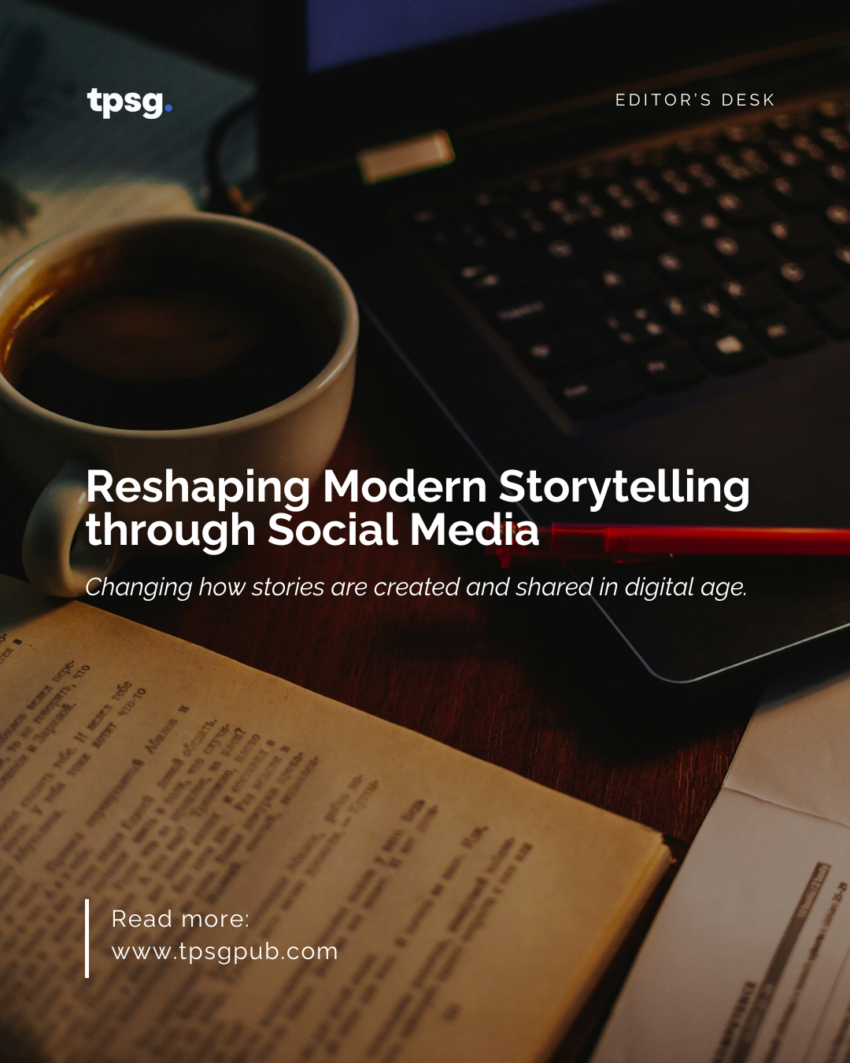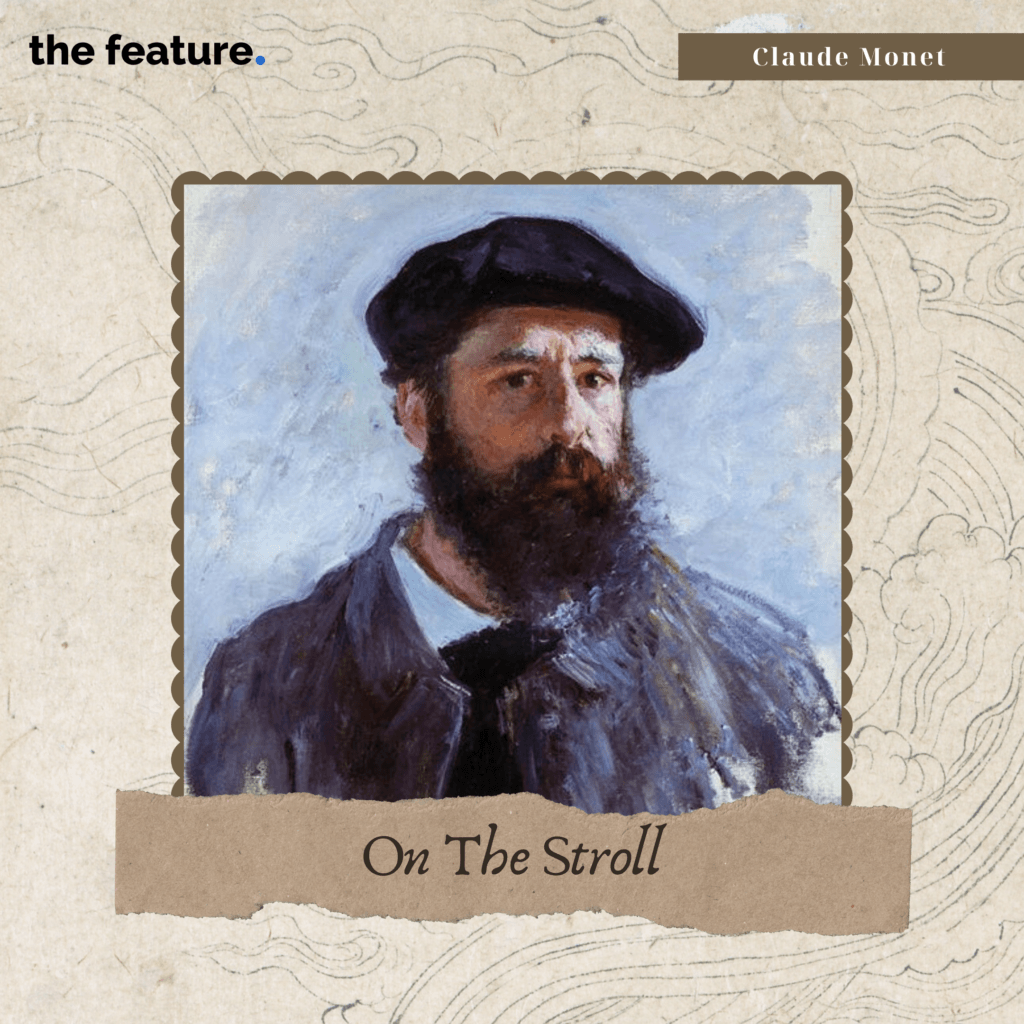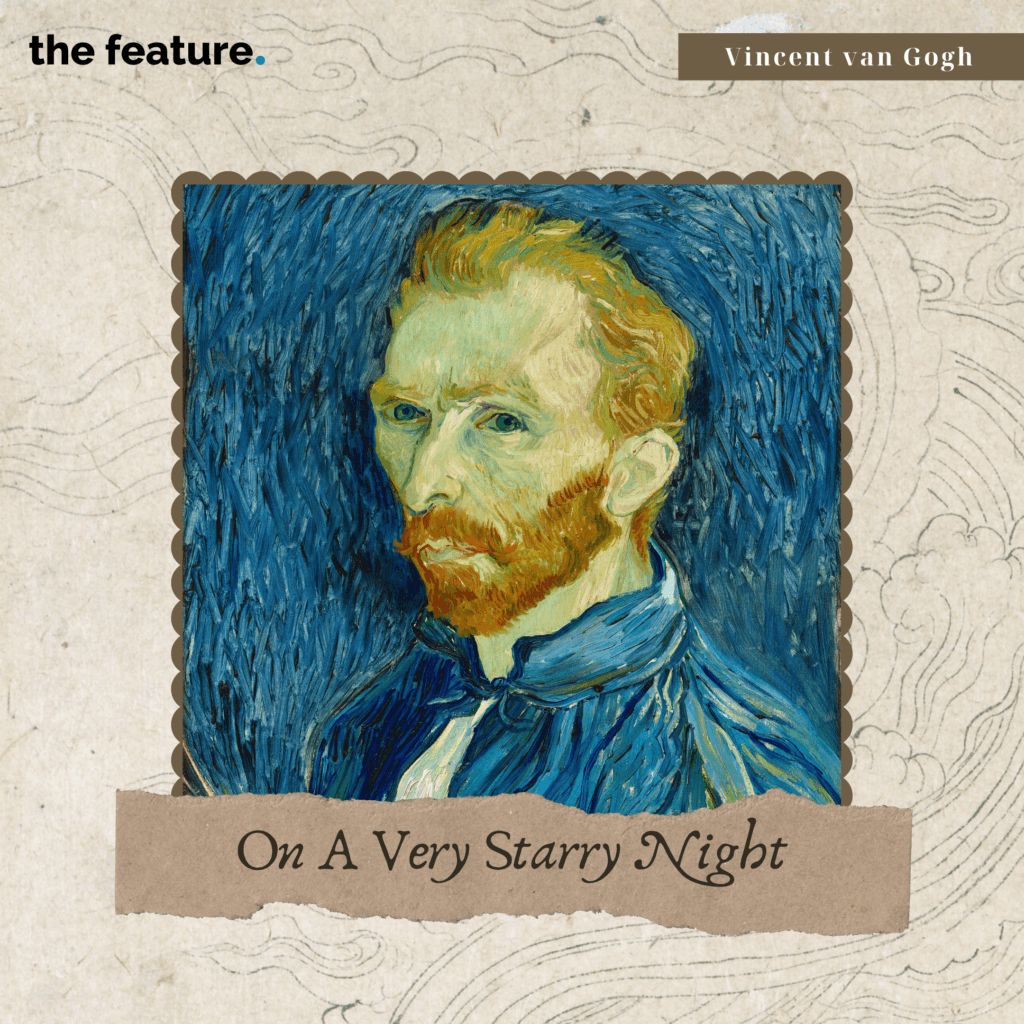The advent of social media has catalyzed a profound transformation in the way stories are crafted, disseminated, and consumed. No longer confined to traditional literary forms or conventional publishing platforms, storytelling has evolved into an interactive, immediate, and multimodal experience, fundamentally altering the relationship between the creator and the audience. With the rise of platforms such as Instagram, Twitter, TikTok, and YouTube, the very definition of narrative structure has expanded to accommodate fragmented, nonlinear, and collaborative storytelling techniques. This shift not only reflects the demands of an increasingly digitized and attention-driven culture but also redefines the very essence of narrative engagement in the modern era.

One of the most striking characteristics of social media-driven storytelling is its democratization of content creation. Historically, literature and storytelling were domains largely controlled by publishing houses, film studios, and media conglomerates; however, digital platforms have provided independent writers, filmmakers, and influencers with unprecedented access to global audiences. The proliferation of microfiction on Twitter, for instance, exemplifies how even the most concise forms of storytelling can resonate deeply with readers, as seen in the viral success of six-word stories and thread-based narratives. Similarly, Instagram and TikTok have enabled visual storytelling to flourish, with creators using short-form videos, images, and captions to craft compelling narratives that captivate audiences in seconds.
Furthermore, the interactive nature of social media has introduced a dynamic, participatory element to storytelling that was previously unattainable in traditional formats. Readers and viewers are no longer passive consumers but active participants who can influence the trajectory of a narrative through comments, polls, and live interactions. A prominent example of this phenomenon is the rise of “choose-your-own-adventure” style storytelling on platforms like Instagram Stories and YouTube, where audiences can vote on plot developments, effectively shaping the direction of the story in real-time. This interactivity fosters a sense of communal engagement and investment, transforming storytelling from a solitary act into a collective experience.
Additionally, the nonlinear and fragmented nature of social media storytelling challenges conventional narrative structures, embracing a postmodern approach that aligns with the rapid consumption habits of digital audiences. TikTok, for example, has given rise to serialized storytelling, wherein creators release episodic content that unfolds over multiple short videos, encouraging binge-watching behavior akin to streaming platforms. In the realm of literature, the emergence of platforms like Wattpad has facilitated serialized fiction, allowing authors to publish their works chapter by chapter while receiving immediate feedback from readers. This shift toward ongoing, episodic storytelling mirrors the serialized novels of the 19th century but adapts them to the fast-paced nature of contemporary digital culture.

Moreover, social media has redefined storytelling through its emphasis on multimedia and transmedia narratives, where stories are no longer confined to a single medium but instead unfold across various digital formats. A compelling example of this is the use of augmented reality (AR) filters and virtual reality (VR) experiences on platforms like Snapchat and Instagram, which immerse users directly into fictional worlds. Similarly, marketing campaigns for films and television shows increasingly employ transmedia storytelling by crafting interconnected narratives across multiple social media channels, blurring the lines between fiction and reality. This phenomenon underscores the growing importance of intertextuality and cross-platform engagement in modern storytelling.
However, while social media has expanded the horizons of storytelling, it has also introduced several challenges and concerns. The ephemeral nature of content on platforms like Snapchat and Instagram Stories, where posts disappear after 24 hours, raises questions about the longevity and preservation of digital narratives. Additionally, the algorithm-driven landscape of social media often prioritizes virality over substance, favoring sensationalism and clickbait over nuanced, thought-provoking storytelling. The increasing reliance on AI-generated content and automated curation further complicates the issue, as it threatens to homogenize narratives and limit the diversity of storytelling voices.
Despite these challenges, the impact of social media on modern storytelling is undeniable. By fostering interactivity, democratizing content creation, and embracing multimedia formats, digital platforms have ushered in a new era of narrative innovation that continues to evolve. As technology advances and audience engagement patterns shift, the future of storytelling will likely be shaped by an even greater fusion of artificial intelligence, immersive experiences, and interactive storytelling techniques. In this digital age, where the boundaries between author and audience are increasingly fluid, the essence of storytelling is no longer confined to the pages of a book or the frames of a film but is instead woven into the very fabric of our online lives.




